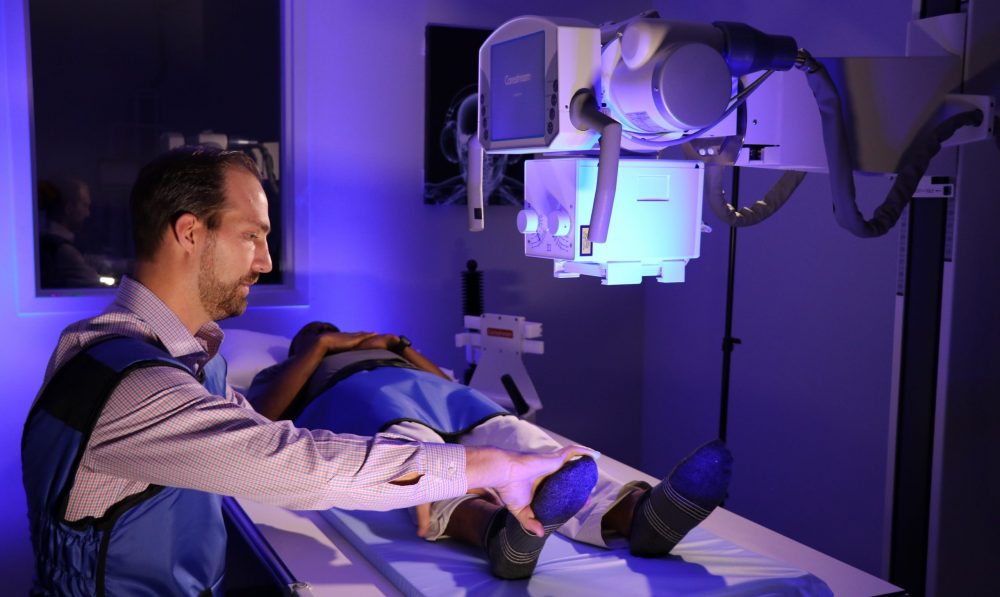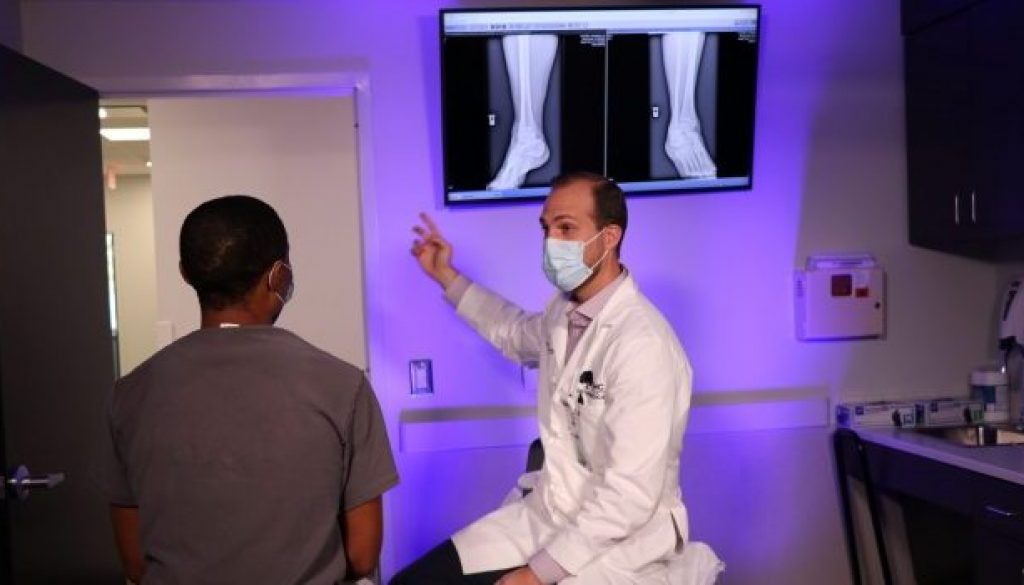Foot and Ankle Pain: What Kind of Doctor Do I Need to See
Your feet and ankles are the foundation of your body, and foot and ankle pain can prevent you from being able to get up, get going, and take part in the activities you enjoy. While they may seem like small, insignificant areas of your body, they are quite complex and vulnerable to stresses caused by your daily activities. If you start experiencing pain or other issues, you want to make sure you seek the proper care to keep you going with little disruption to your daily activities.
What is the difference between an orthopaedic doctor and a podiatrist?
Each one of your feet is made up of 26 bones, 33 joints, and more than 100 muscles, tendons and ligaments that all work together to provide you with support, balance, and mobility. That’s why obtaining expertise in this region of the body requires years of training, education, and experience. While podiatrists and orthopaedic surgeons specialize in foot and ankle issues, their training and capabilities are quite different.
“I had to complete 4 years of medical school, a 5 year orthopaedic surgery residency, and an additional year of fellowship training that was specific to the foot and ankle”, said Dr. David Beck with CMC Orthopaedics. “As a medical doctor and an orthopaedic surgeon who specializes in the foot and ankle, I have a better understanding of the entire body, including bones, muscles, ligaments, tendons, and joints, not to mention the many medical conditions that may affect your overall health.”
A podiatrist’s training differs from an orthopaedic physician’s. They attend podiatry school and typically complete a brief residency thereafter. As such, podiatrists (DPMs) are not medical doctors (MDs). They both treat foot and ankle problems, however an orthopaedic foot and ankle surgeon is qualified to address more complex problems.
Dr. Beck understands the impact that other areas of the body can have on foot and ankle pain. “I treat a lot of people who have foot and ankle problems that originate from the knee, hip or lower back and because of my experience, I’m able to treat their complex lower extremity issues in conjunction with the rest of their body.”

The conditions for which a podiatrist typically provides treatment are routine foot care, ingrown toenails, calluses, fallen arches, heel spurs, deformities of the feet, and foot problems related to diabetes and other illnesses. “As an orthopaedist, I treat patients with many of these problems, while also treating their more in depth issues involving their bones, muscles, tendons, ligaments, and the soft tissues in their feet, ankles, and lower parts of their leg,” explained Dr. Beck.
Expertise to keep you on your feet
Because of the complex nature of the foot and ankle and the wide range of issues they are susceptible to, it’s not uncommon for podiatrists and orthopaedists to work together to address your issues. But when complex issues arise, you can trust that Dr. David Beck at CMC Orthopaedics has the experience, training and expertise to keep you on your feet.
To set an appointment with Dr. Beck, simply call 843-347-8041.




